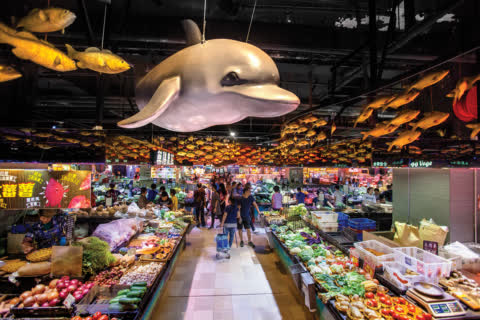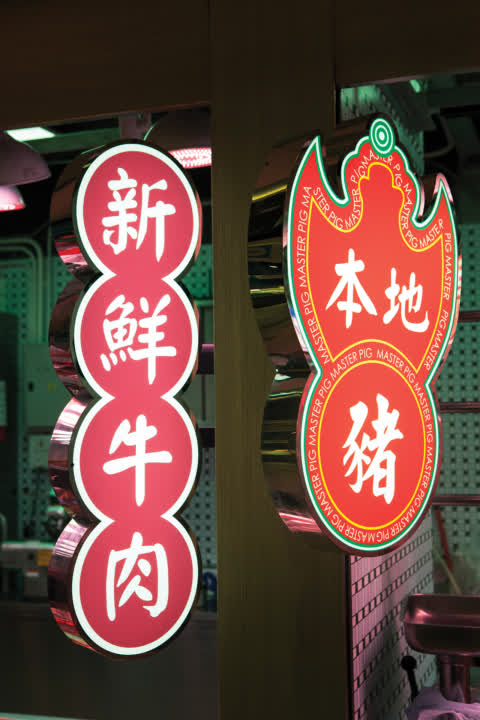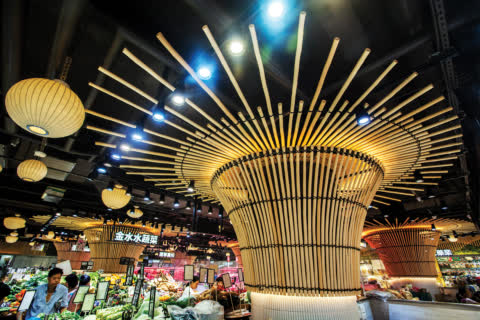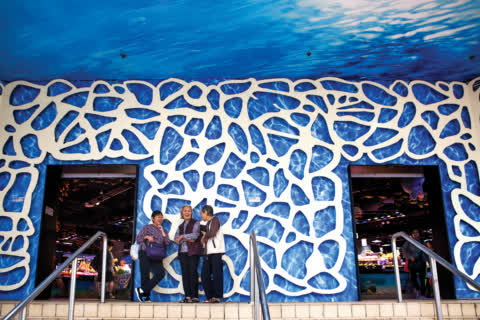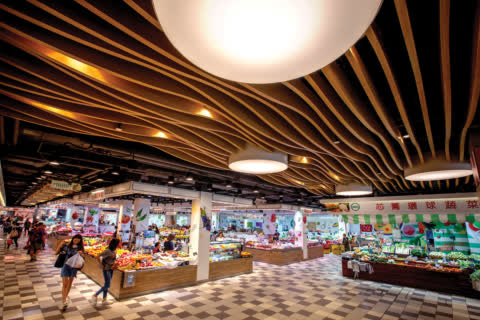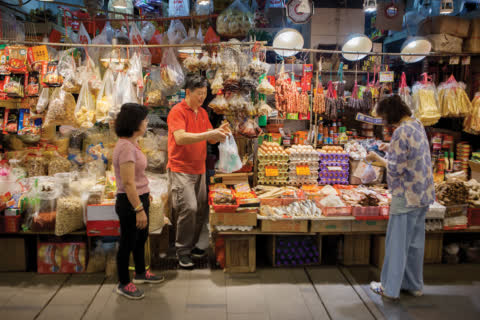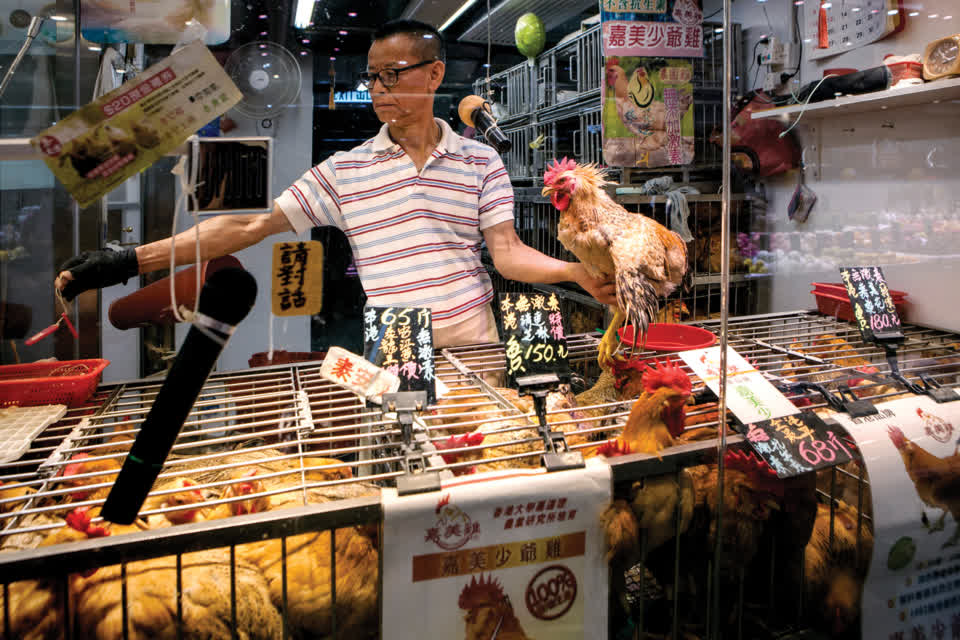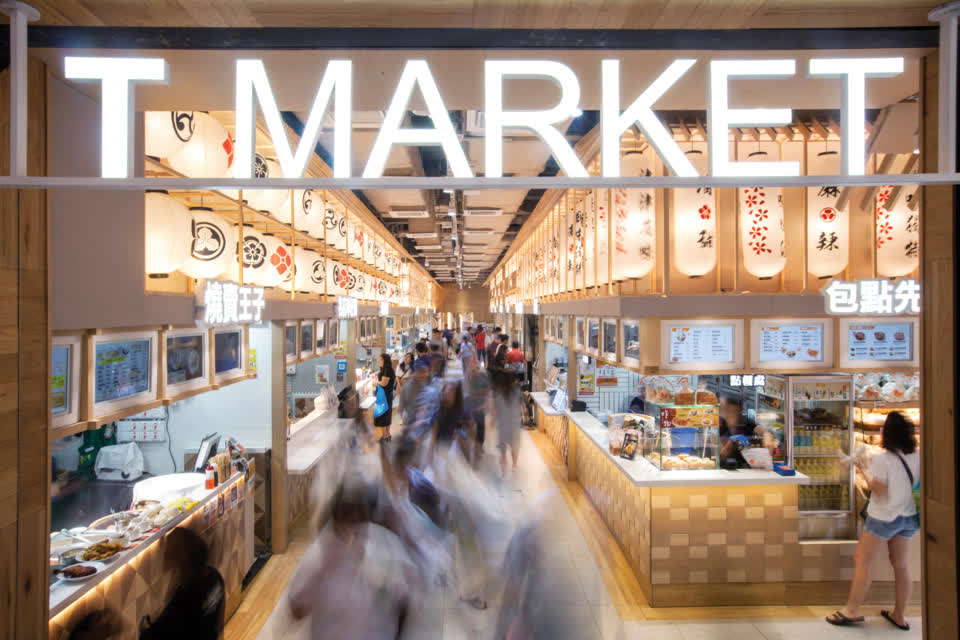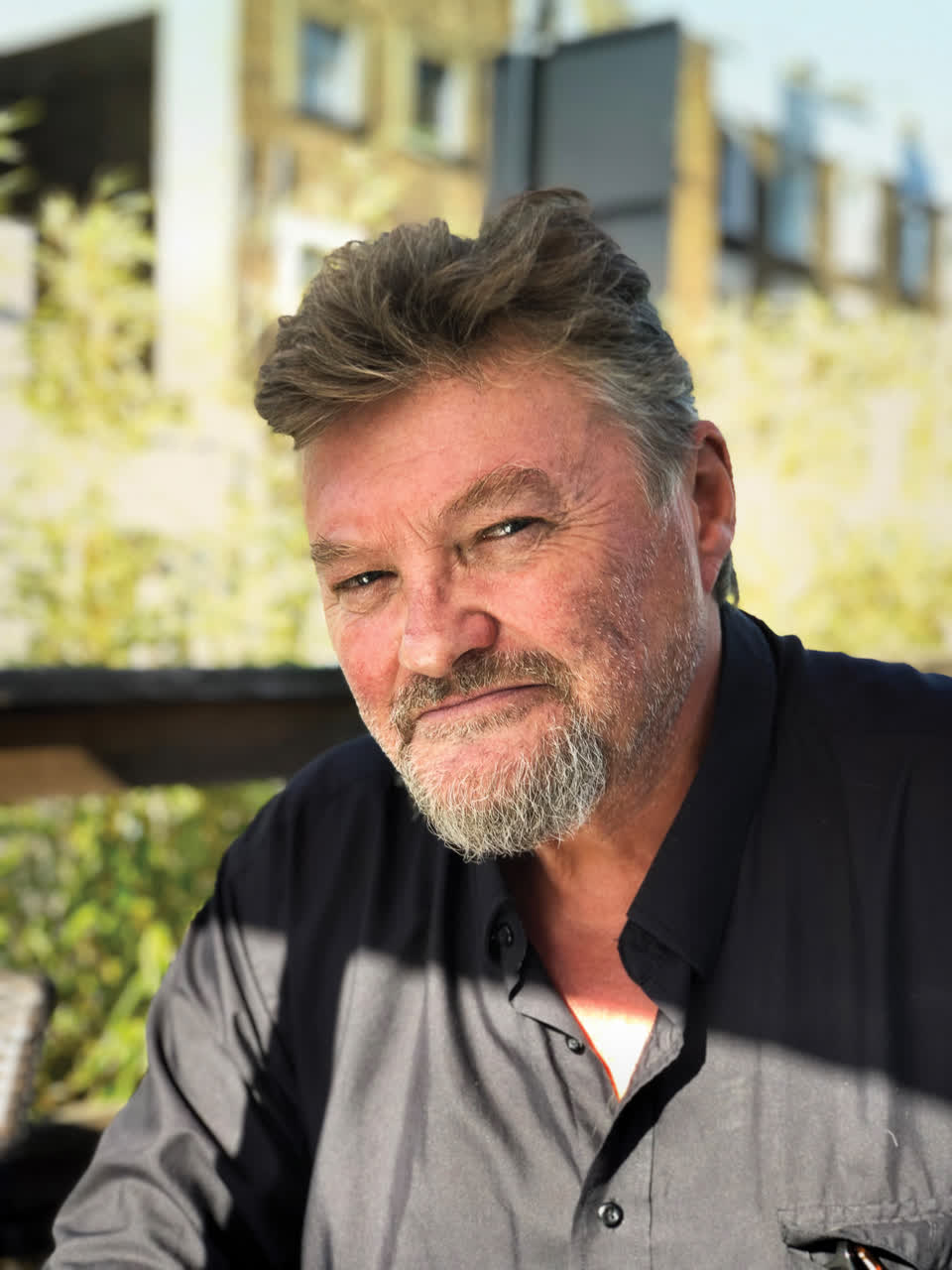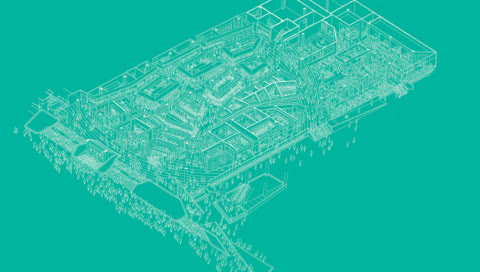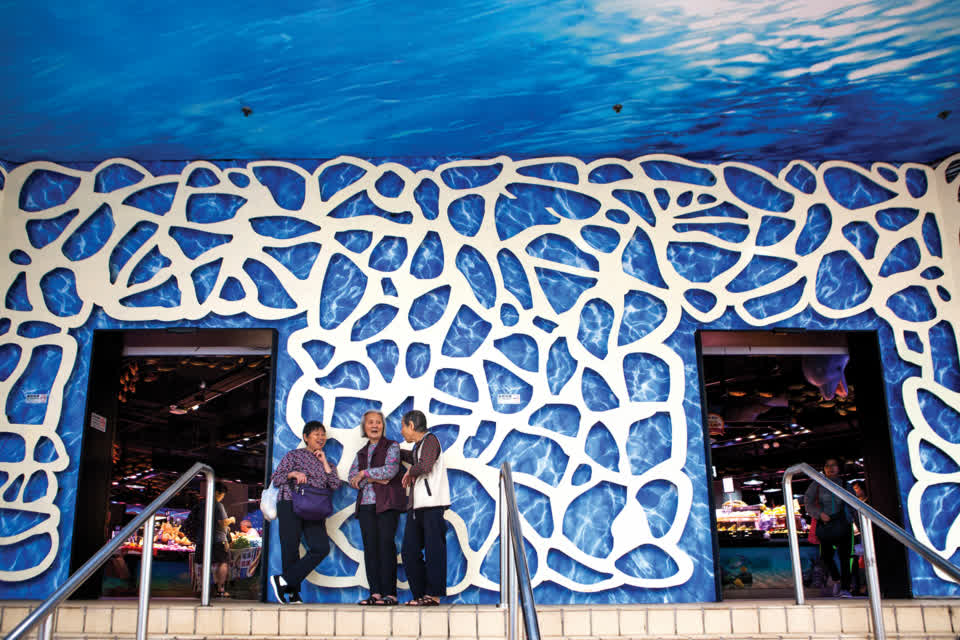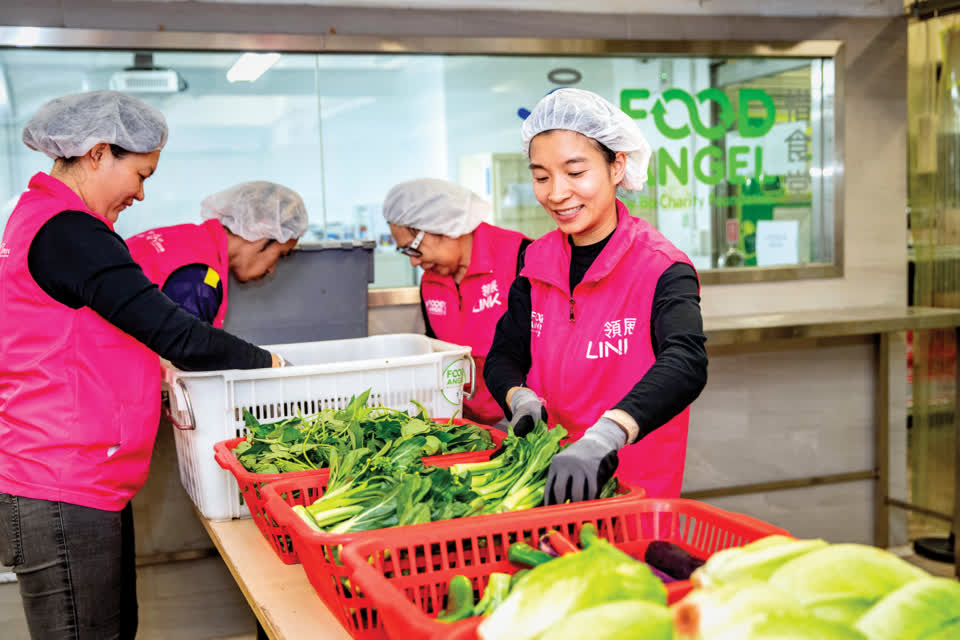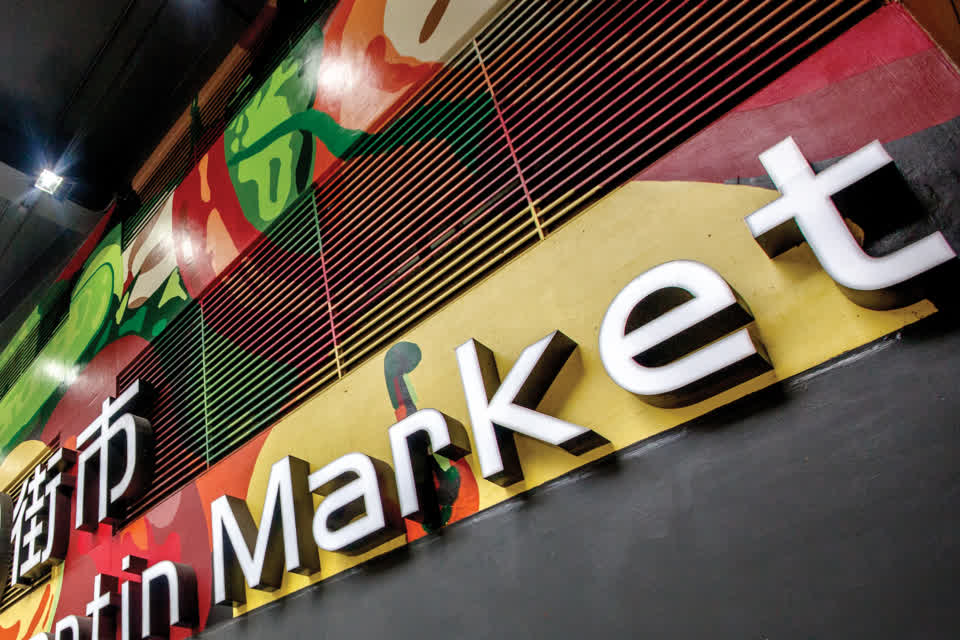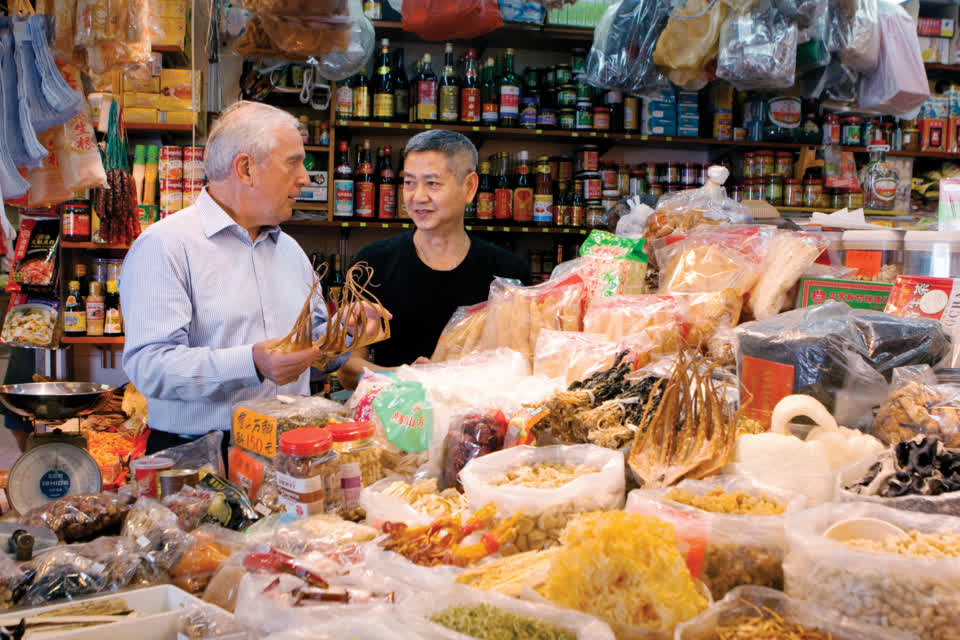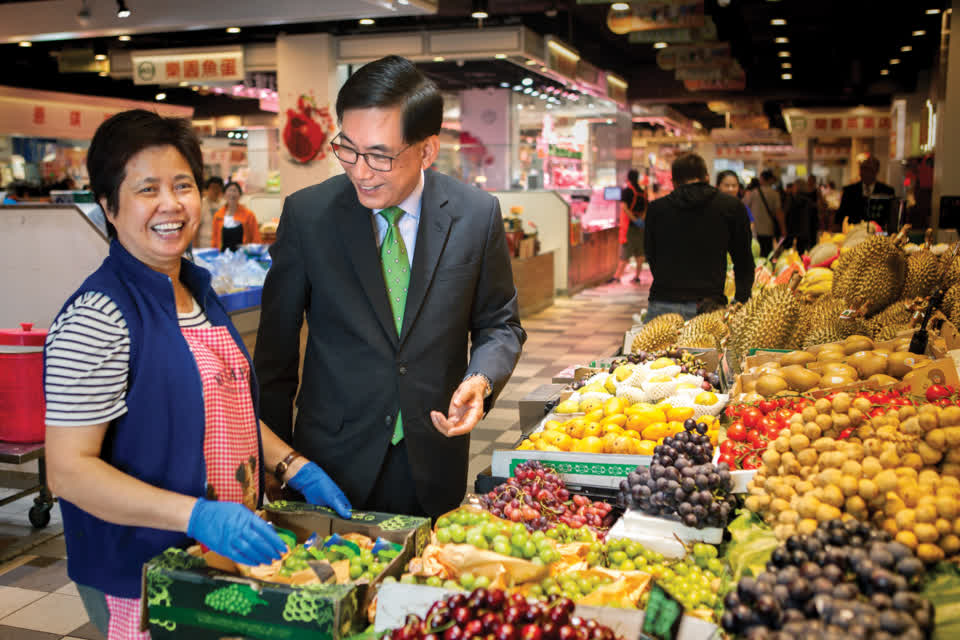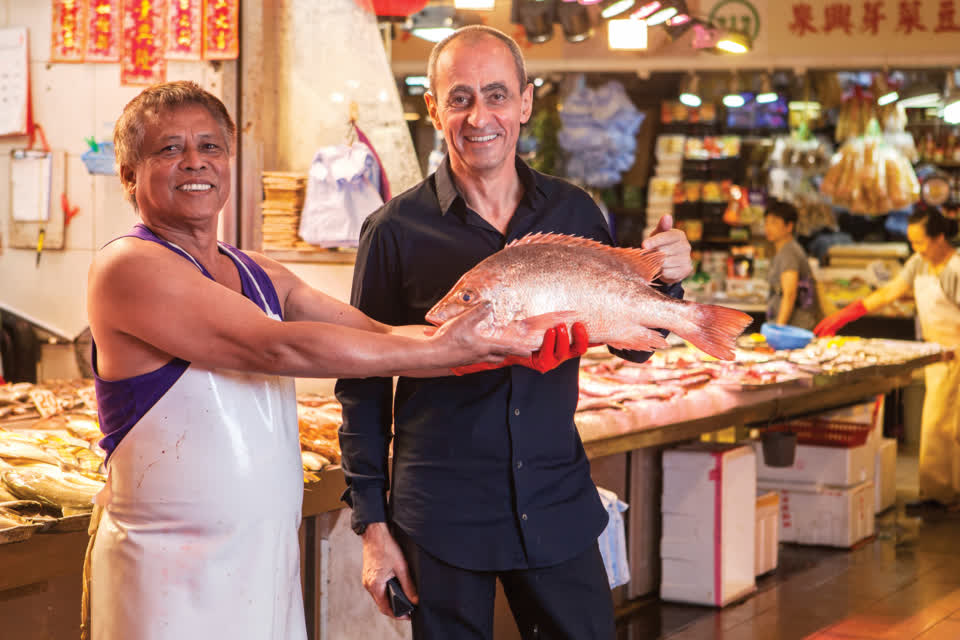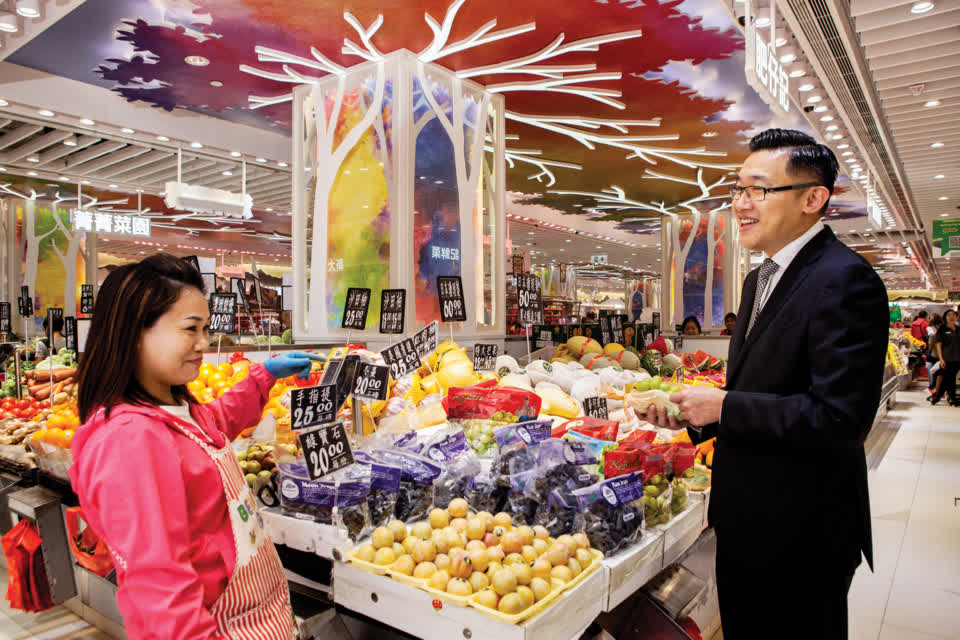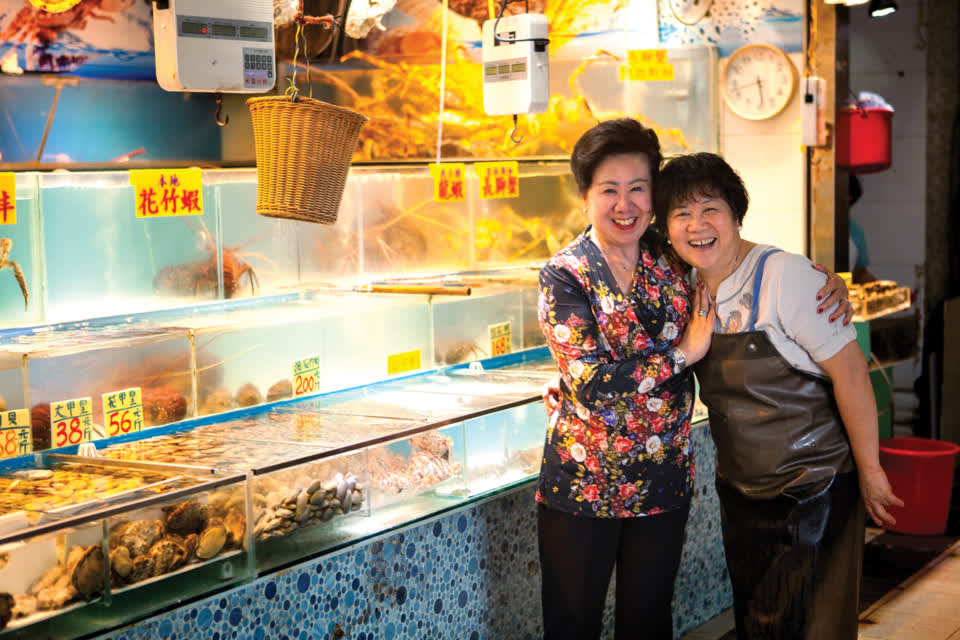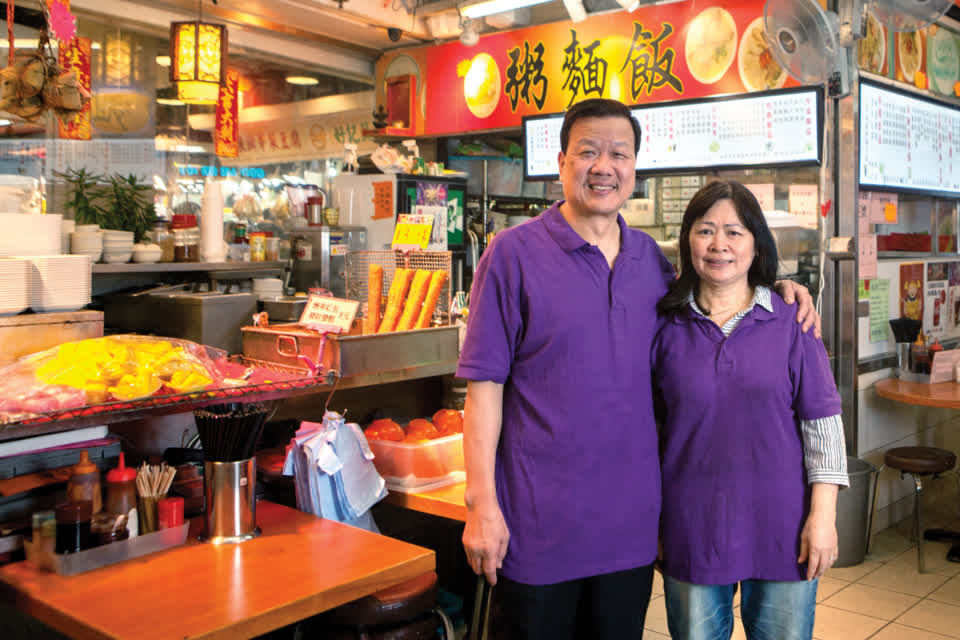Looking at other cities around the world, many markets today are all about providing the shoppers with a great social experience. If you look at examples in Rome, London or Barcelona, the best markets are places to visit where shopping can be combined with a day out filled with enjoyment and meeting friends.
“Architects need to understand the cultural and societal impact of what they’re designing for, and in a market more so than anywhere else,”
says Griffiths. “When we look across the world at the different successful open markets, whether they are fruit and vegetable or mixed markets, what we see is particularly attuned to the local culture. If you go to the Budapest Great Market in Hungary, for instance, an indoor market, there’s a real feel of Budapest to that market.”
“Why is it so attractive to go and visit markets when you are a tourist?”
To get inspiration from West as well as East, Link put together a team and they started visiting markets in other countries: in Britain, Spain, the United States, Canada, Japan.
“The team went to many cities, from Barcelona to Cleveland, Vancouver, Tokyo, just to try and learn how other people have done it,” says Hongchoy. “We wanted to find out: why is it so attractive to go and visit markets when you are a tourist? Some of the things we learnt through that process are to have wider aisles, and to be access-friendly to all sorts of users, whether they come with their shopping carts, wheelchairs or baby carriers.”
“When we go and look at how those markets are run in other jurisdictions, we’re looking very much at layout, at line of sight, at the lighting, at how product and produce is presented in the marketplace,” explains Nicholas Allen, Link Chairman. “Retail is very much about line of sight. When people walk into your market, can they see what’s available, or is it blocked off? Are there areas where there is little footfall? We gauge all of that. My team goes out there sometimes with tape measures and they’re looking at how wide corridors are in particular markets. We look at how the drainage works. So when you’re putting together a great fresh market, there’s a lot of detail that goes into it.”
“We were delighted to work with Link to bring some new thinking to the markets in Hong Kong”
It’s clear that market design is not just about presentation and decoration, but the whole way in which they are run, and also in the way that the operator interacts with the tenants. The tenants have to feel comfortable with what they are being enabled to do.
“There were quite a few challenges that we needed to overcome at the beginning,”
says Hongchoy. “Firstly, no one had really upgraded any markets before in Hong Kong, and getting acceptance from the stakeholders in each of the markets where we were starting the project, that was a challenge. There were a lot of questions and doubts from the tenants, and so we needed to see how we could engage them.
“And then, coming to design, we had been so accustomed to our long, narrow corridors, and we had to see how we could open all that up. Through the various visits we made around the world, we managed to engage architects from the UK for our first project. They have carried out a lot of renovations of fresh markets in Europe, and we engaged them to help us come up with our designs.”
These architects were the London-based practice of Greig & Stephenson Architects Ltd. Their greatest success, and it’s one that many Hong Kong people who travel will be familiar with, is Borough Market in London. The cast iron-framed Victorian covered market is now famous around the world for its food culture, and it has become a prime destination for tourists to the UK, but it wasn’t always that way: until Greig & Stephenson were brought on board to revitalise it, Borough was in decline. They injected new life into the historic market by refurbishing it, and attracting new restaurants, specialist food and drink shops and cafes. The successful project has kick-started the regeneration of the whole area around the market.
“Naturally we were delighted to work with Link to bring some new thinking to the markets in Hong Kong,” says Ken Greig, one of the founders of the practice. “It was in the early part of 2009 and the world had gone very quiet due to the financial crisis which gripped the globe. A delegation from Hong Kong came to visit us in London, and we showed the guys around Borough Market and some other markets in the city. When we were then invited to come to Hong Kong to visit Link’s markets, we were very happy. We saw the sleepy market at Tai Yuen and we were asked to present a new plan for the refurbishment.”
Tai Yuen, a small neighbourhood market in Tai Po, was chosen to pioneer Link’s new direction for its fresh markets, and Greig set about finding the differences and similarities in the market traditions of Europe and Asia. Besides opening up the layout and creating sightlines through the market, one objective was to clean up some of the tenants’ messy habits of having goods spilling out from their stalls, while being careful not to lose what is best about the “organised chaos” of the Hong Kong fresh market culture.
These British architects brought their expertise from London but mixed it with the knowledge of local architects who naturally understood the sort of clattering noise and busy vibrancy that makes a Hong Kong marketplace.
“The main differences we see between Asian markets and European markets is in the way some forms of retail are conducted,” Greig says. “For example, the butcher’s stand in Hong Kong is outside-in, and the trade takes place between the butcher and the customer on the public side of the counter. This, in my view, is really interesting and makes a lot of sense – the customer and the trader are equal and they are viewing the sale from the same position.
“The other main difference is the sale of live produce here, mainly poultry and fish, which is not very commonplace in the European tradition.”
FIRST SUCCESS
The architects also took cues from the way things are done in Spain, where some markets have become popular foodie destinations, but they adapted these concepts to meet the particular conditions of Hong Kong and the expectations of local shoppers.
“The layout of the upgraded Tai Yuen Market is in fact almost a replica of the Santa Caterina Market in Barcelona,”
Hongchoy explains. “The difference is that at Santa Caterina, the ground floor is the retail area, and the first basement is the loading bay, but each of the stalls actually has a working area in basement two. So all the fresh produce goes to basement two and gets prepared. So typically, in European markets, the fish are filleted and then they are brought up to the stalls. They are not really selling the fresh fish, but the fillets on refrigerated shelves. So this is very different from Hong Kong, where shoppers expect the stallholder to actually take live fish from the tank in front of them.
“European markets also don’t have live chickens, for example, and live chickens do cause more odour issues than the other products. We have to consider how things are done here because there are local traditions. People like to buy fresh fish, live chickens, and those are things we would like to keep, so we can’t go as far as the Spanish market does. But we studied their details and saw how we could adapt some of them, and that has been successful.”
That first renovation project in Tai Yuen had a clear result. “Before the asset enhancement for that fresh market, the stalls had only a 40 to 50 per cent occupancy rate,” says Peionie Kong, Link’s Director of Asset Management.
“But after enhancement, it was 100 per cent let out.”
Sallnow-Smith had a simple measurement when it came to judging the success of the redesigned markets.
“Footfall,” he says. “You could interview people and ask their opinion: ‘did you like the new market?’ But the real question is: did they actually go there? One of our main tests after any renovation was whether the footfall of shoppers had gone up.”
